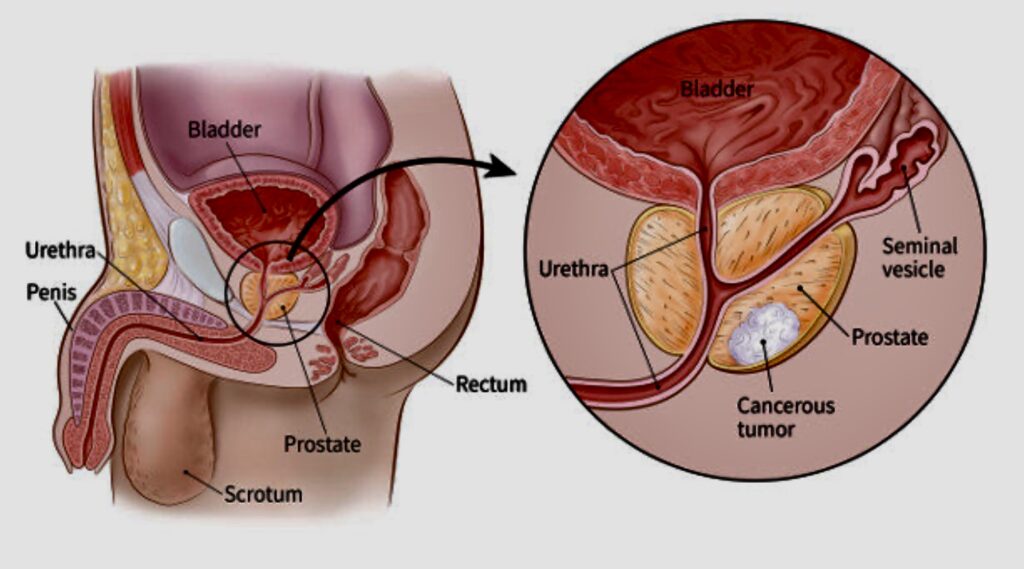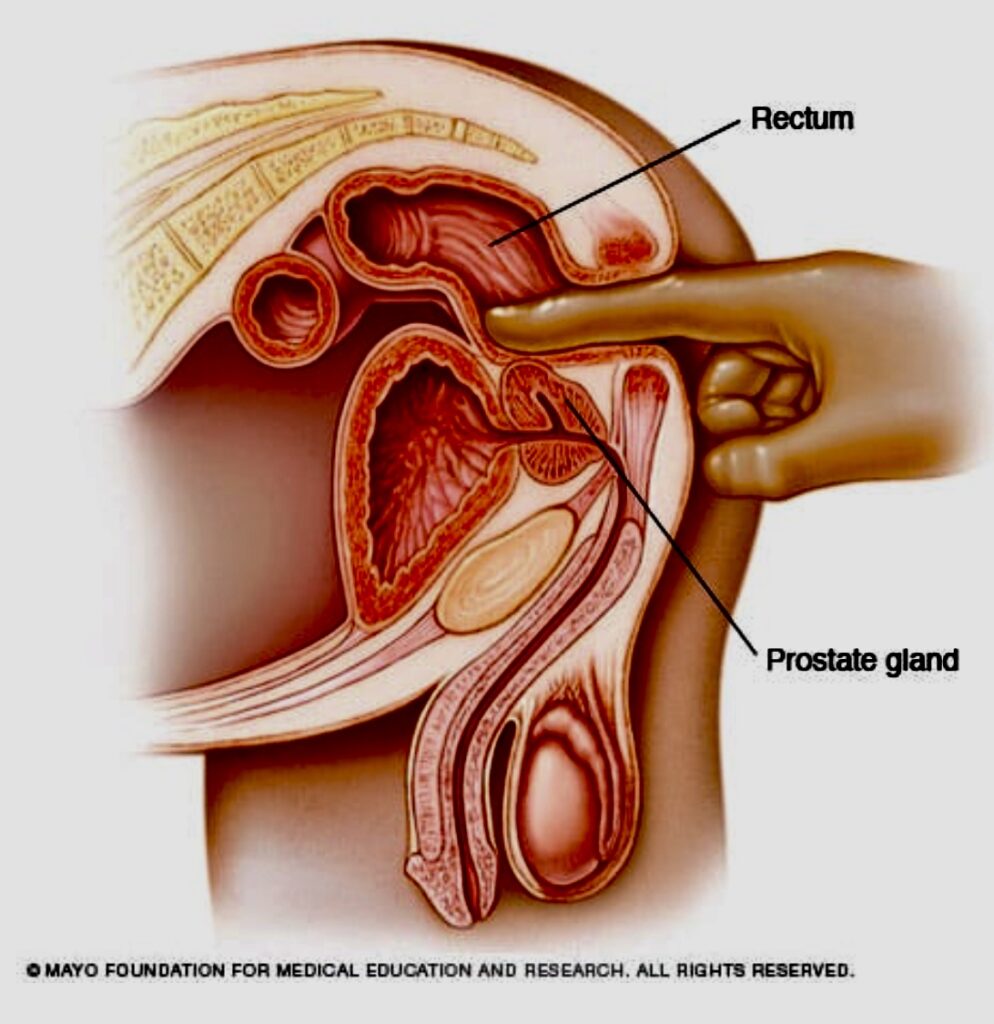Text and Photo by Henrylito D. Tacio
Illustrations from Mayo Clinic and National Cancer Institute
“On the average, Filipino men live six years shorter than women due to a variety of health issues such as prostate cancer – the third most common cancer among men in the Philippines,” states the St. Luke’s Medical Center (SLMC).
Studies show prostate cancer makes up for 12% of all cancer cases among men in the country. In 2020, 8,242 news cases and about 3,164 deaths were reported.
“Prostate cancer occurs mainly in older men,” said the Philippine Cancer Society, Inc. (PCSI).
Senator Raul Roco was 64 when he died of prostate cancer. Ross Rival was 62 when he succumbed to the disease in 2007. Both movie actor Nestor de Villa and Davao photojournalist Rene Lumawag were 75 when the disease snatched their lives.
“Prostate cancer affects the tissues of the prostate gland,” says Dr. Michael Jonathan Latayan, a urologist with the Metro Davao Medical and Research Center and Davao Medical School Foundation hospital. “It occurs when the cells of the prostate grow uncontrollably. This is the most common malignancy found in men.”
The pili-nut-sized prostate gland is just under the bladder and surrounds the urethra. It has several functions, the most important of which is producing seminal fluid, which is a component of semen. It also helps in the production of hormones and regulates urine flow.
“Prostate cancer usually grows very slowly and may take decades to produce symptoms,” says The Merck Manual of Medical Information. “Thus, far more men have prostate cancer than die from it. Many men with prostate cancer die without ever knowing that the cancer was present.”
When it remains confined to the prostate gland, it may not cause serious harm. “There are some types of prostate cancer that grow gradually and may need minimal or no treatment, while there are types which are aggressive and can spread quickly,” Dr. Latayan reminds.
Just like most types of cancer, if it is discovered early, prostate cancer can still be treated. “If prostate cancer is detected early, there is a 90% chance of successful treatment,” says Dr. Latayan, a fellow of the Philippine Urological Association.
The following men survived the disease because they discovered the cancer early: Harry Belafonte, Warren Buffett, Robert De Niro, Rudy Giuliani, John Kerry, Ian McKellen, Ryan O’Neal, Colin Powell, and Ben Stiller.
“Prostate cancer usually doesn’t produce any noticeable symptoms in early stages, so many cases of prostate cancer aren’t detected until the cancer has spread beyond the prostate gland,” says Dr. Latayan. “For most men, prostate cancer is detected during a routine screening such as prostate-specific antigen (PSA) test or digital rectal exam (DRE).”
A PSA is a blood test that measures the level of the protein made by your prostate in a sample of your blood. During a DRE, your doctor inserts a glove and lubricated finger into your rectum and feels the back wall of the prostate gland for enlargement, tenderness, lumps, or hard spots.
If other tests raise concerns, a transrectal ultrasound-guided prostate biopsy is performed to obtain a definitive of the prostate pathology. “When signs and symptoms do occur, they depend on how advanced the cancer is and how far the cancer has spread,” Dr. Latayan says.
According to Latayan, less than 5% of cases of prostate cancer have urinary problems as the initial symptom. Among the symptoms are: trouble urinating, starting and stopping while urinating, and decreased force in the stream of urine.
Cancer in the prostate or the area around the prostate can also cause blood in the urine and semen. If cancer has spread to the lymph nodes in your pelvis, the following can be experienced: swelling in the legs and discomfort in the pelvic area.
Advanced prostate that has spread to the bones can cause bone pain that doesn’t go away, bone fractures, and compression of the spine.
Prostate cancer has something to do with age. Most – more than 80% — of the men diagnosed with prostate cancer, studies showed, are older. In the PCS study, it was found that the average age at the time of diagnosis was 66 years old.
Aside from age, another risk factor is family history. “Men with a single first-degree relative – father, brother or son – with a history of prostate cancer are twice as likely to develop the disease, while those with two or more relatives are nearly four times as likely to be diagnosed,” says Dr. Latayan.
“The risk is even higher if the affected family members were diagnosed at a young age, with the highest risk seen in men whose family members were diagnosed before age 60,” Dr. Latayan points out.
Diet also plays an important role in prostate cancer. “A high-fat diet and obesity may increase the risk of prostate cancer,” Dr. Latayan claims. “One theory is that fat increases production of the hormone testosterone, which may promote the development of prostate cancer cells.”


Regarding high testosterone levels, Dr. Latayan explains, “Because testosterone naturally stimulates the growth of the prostate gland, men who use testosterone therapy are more likely to develop prostate cancer than are men who have lower levels of testosterone.”
There are several treatments available against prostate cancer. “Treatment options vary depending on the grade and stage of the cancer,” Dr. Latayan says.
For low-grade and early-stage cancers (localized), surgery is the gold standard of treatment. “Radical retropubic prostatectomy offers the highest cure rate for organ-confined prostate cancers,” says Dr. Latayan.
Other options include brachytherapy, radiation therapy, high-intensity focused ultrasound, and watchful watching.
“Watchful watching is a way of monitoring prostate cancer that isn’t causing any symptoms or problems,” says the Prostate Cancer United Kingdom. “The aim is to keep an eye on the cancer over the long term, and avoid treatment unless you get symptoms.”
For moderately advanced and advanced prostate cancers, hormonal therapy plays a significant role. “If urinary symptoms are present, a transurethral resection of the prostate combined with the hormonal therapy is recommended,” Dr. Latayan says.
All those treatments, however, have side effects. “Prostate cancer treatments may seriously affect a person’s quality of life,” says the website cancer.net. “These treatments can cause side effects, such as erectile dysfunction, which is when someone is unable to get and maintain an erection, and incontinence, which is when a person cannot control their urine flow or bowel function.”

